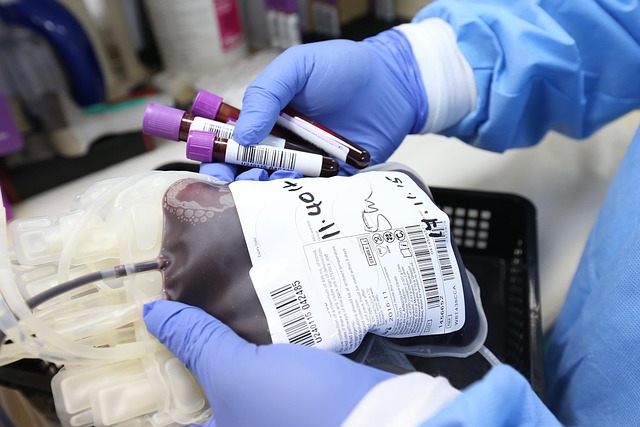Understanding Heart Attacks: Early Signs, Causes, and What You Should Know
A heart attack occurs when blood flow to part of the heart muscle becomes blocked, potentially causing permanent damage or death to heart tissue. Understanding the signs, causes, and prevention strategies of heart attacks is crucial for everyone, as these events can affect people of various ages and lifestyles. Recognizing early warning signs and knowing when to seek medical attention can significantly improve outcomes during a cardiac emergency.

This article is for informational purposes only and should not be considered medical advice. Please consult a qualified healthcare professional for personalized guidance and treatment.
What Are the Common Early Warning Signs of a Heart Attack?
Heart attacks often present with several recognizable warning signs. The most common symptom is chest pain or discomfort, which may feel like pressure, squeezing, or fullness. This sensation can last for several minutes or come and go. Additional signs include pain or discomfort in the arms, back, neck, jaw, or stomach. Shortness of breath, with or without chest pain, cold sweats, nausea, and lightheadedness are also frequent indicators.
What Causes a Heart Attack?
Heart attacks typically result from coronary artery disease, where plaque builds up inside the arteries supplying blood to the heart. When plaque ruptures, it forms a blood clot that can block blood flow to the heart muscle. Risk factors include high blood pressure, high cholesterol, smoking, diabetes, obesity, and family history of heart disease. Age and gender also play roles, with men generally at higher risk than women until after menopause.
Everyday Habits That Might Reduce Risk
Several lifestyle modifications can help reduce heart attack risk. Regular physical activity, at least 150 minutes of moderate exercise per week, strengthens the heart and improves circulation. A heart-healthy diet rich in fruits, vegetables, whole grains, and lean proteins while limiting saturated fats and sodium is essential. Maintaining a healthy weight, managing stress, getting adequate sleep, and avoiding tobacco use are also crucial preventive measures.
When to Seek Medical Help
Immediate medical attention is crucial if heart attack symptoms occur. Call emergency services (911 in the United States) if you or someone else experiences chest pain or other heart attack symptoms lasting more than a few minutes. Do not attempt to drive yourself to the hospital. Quick action is vital because treatment is most effective when started within the first few hours of symptom onset.
What About Treatment Options?
Treatment for heart attacks typically begins with emergency care to restore blood flow to the affected heart muscle. This may include medications such as aspirin, clot-busters (thrombolytics), or blood thinners. More advanced interventions often include coronary angioplasty, where a balloon-tipped catheter opens blocked arteries, possibly followed by stent placement. In some cases, coronary bypass surgery may be necessary to create new paths for blood flow around blocked arteries.
Following initial treatment, long-term recovery typically involves cardiac rehabilitation programs, medication management, and lifestyle modifications. These programs help patients regain strength, prevent future heart problems, and adapt to necessary lifestyle changes. Regular medical follow-up ensures proper healing and adjustment of treatments as needed.
Remember that heart attacks require immediate medical intervention, and outcomes are generally better when treatment begins promptly. Understanding risk factors and maintaining heart-healthy habits can help prevent heart attacks, but being prepared to recognize and respond to symptoms remains essential for everyone.




